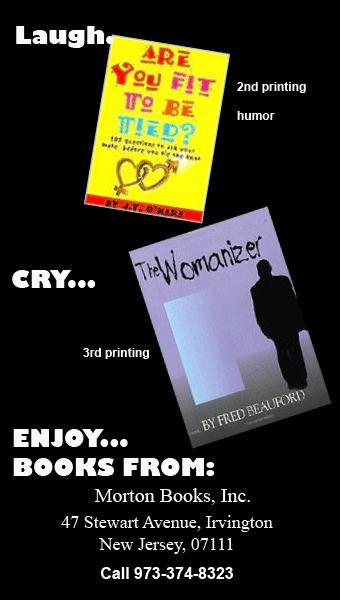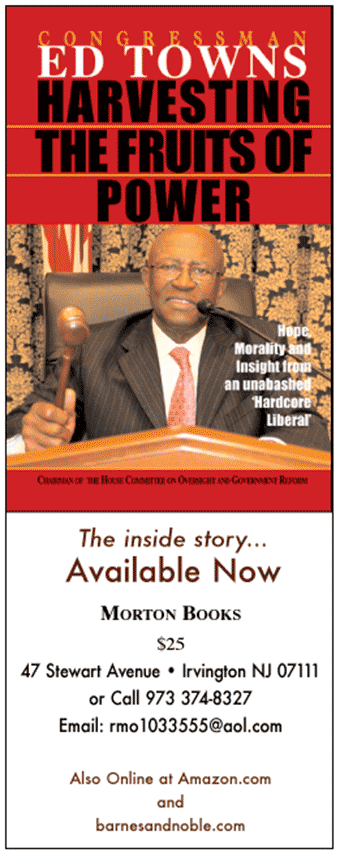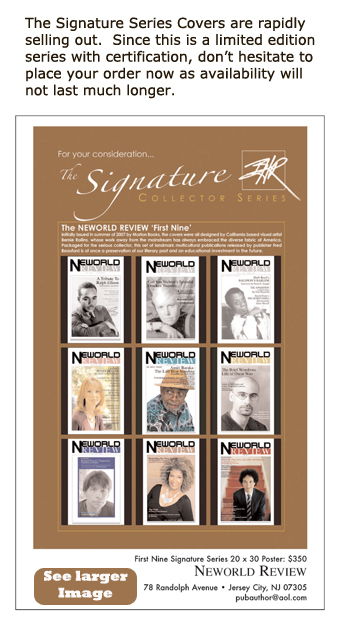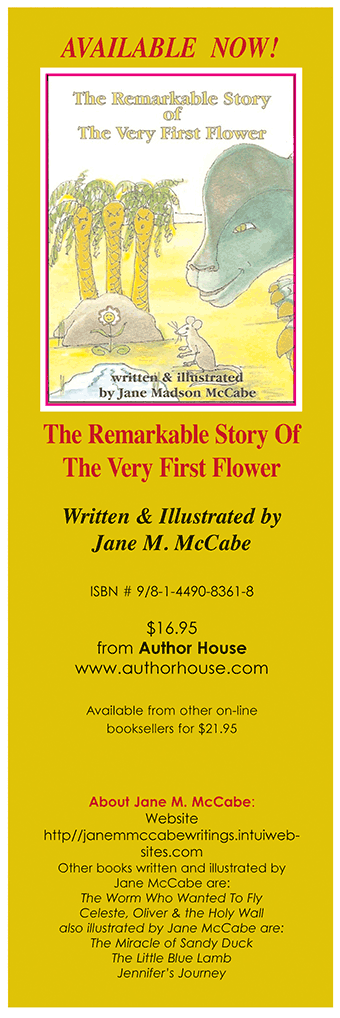REVIEWING
Ledgers of History: William Faulkner, an Almost Forgotten Friendship and an Antebellum Plantation Diary
by Sally Wolff
Louisiana State University Press | 2010 | 214 pages | $35.00
Reviewed by Sarah Vogelsong

As the pace of our culture has accelerated, our literature has become preoccupied with questions of where we are going and what we are becoming. But a road is two-edged, having not just a destination but also a point of origin. These origins and our inability to leave them behind are primary concerns of William Faulkner’s literature. In Ledgers of History: William Faulkner, an Almost Forgotten Friendship and an Antebellum Plantation Diary, scholar Sally Wolff, a professor of Southern Literature at Emory University, digs into Faulkner’s own past, uncovering a significant period for the author when his life intersected with that of an old southern family in the town of Holly Springs, Mississippi.
Wolff has a strong background in Faulknerian studies, but this book grew out of an unexpected incident. While arranging the annual English department trip to Oxford, Mississippi, Wolff received an email from an Emory alumnus that read, “I can’t go on the trip, but I knew William Faulkner.”
The author of the message was Dr. Edgar Wiggin Francisco III, whose father, Edgar Francisco, Jr., was a close friend and hunting buddy of Faulkner’s. This friendship persisted for thirty years, peaking in the 1930s, when the younger Francisco was a child. Most of Dr. Francisco’s memories of the relationship stem from the period between his fifth and ninth years, allowing him a unique perspective: rarely included in the two men’s conversation or activities, Dr. Francisco nevertheless had the privilege of observing their natural interactions. Indeed, reflecting on the memory of his father and Faulkner swapping stories on the porch of McCarroll Place—built in 1833 and kept in family hands ever since—Dr. Francisco commented, “This was my portal to manhood.”
Ledgers of History is divided into two parts: background and literary commentary, and the interviews Wolff conducted with Francisco. While the background Wolff provides in the first section is invaluable, her commentary is the weaker part of the manuscript when compared with the richness of the interviews, which compose the majority of the book. It is in these dialogues with Dr. Francisco, and through the sensitivity and intuition of her questions and the thoughtful insight into Faulkner, that provide that the greatest value of this work.
The introductory sections lay the groundwork for Wolff’s research by outlining the historical and genealogical background of the Francisco–McCarroll family and introducing the key record of this history: the Leak Diary, a plantation ledger kept by Francis Terry Leak, an ancestor of Dr. Francisco’s and a landowner living in Mississippi prior to the Civil War who kept detailed records of both his business and family affairs. Such a document is remarkable in and of itself, but it becomes even more so in light of its connection to Faulkner, who was “enthralled” by and “pored” over it. Dr. Francisco vividly remembers the author taking notes on the diary, recounting:
“I recall . . . an unusual aspect of [Faulkner’s] visits. A visit was in two separate parts. . . . The first part was his visit with Dad. . . . Then Will would pull out notes and ask for a particular volume of the diary and turn to the page he wanted. Then he seemed to totally change. He became sober, focused, sometimes agitated and angry, and talked to the writer of the diary . . .”
As both Wolff and Francisco note, the diary unashamedly reports not only those aspects of the South that made the culture great, but also those that made it reprehensible, with slavery being the perpetual shadow on its pages. Francisco’s memories of the effect of the Leak Diary on Faulkner provide a unique firsthand picture of the author in violent conflict with his heritage and identity. From a literary perspective, these memories allow scholars to better understand the origins his writing and help unlock the more difficult passages. In this sense, although Wolff’s opening commentary tracing the ways that the Leak Diary may have influenced Faulkner’s works—particularly Go Down, Moses—may be clumsy, it provides a foundation for later, more nuanced scholarship, constituting a valuable resource. On a less academic level, the Francisco interviews paint a keenly poignant portrait of Faulkner the man, whose pain countless generations of Southerners have identified with over the years.
It is difficult to refine out the key sections of the interviews because of their density, but one story does emerge as particularly significant: that of Ludie, a beautiful young ancestor of Dr. Francisco’s who lived in McCarroll Place during the Civil War; she used her diamond ring to carve her name into the glass of the window overlooking the gallery where the older Francisco and Faulkner would one day spend so many hours.
According to Dr. Francisco, this etching fascinated Faulkner, who incorporated the story into three different books. Francisco remembers that because Faulkner always sat on the porch, he always saw Ludie’s name from the opposite side. He refused to ever enter the room to read the inscription the right way around, saying,
“I feel as if she is standing in the middle of the room. . . . She’s right here. The past doesn’t die. . . . It’s right here. Ludie is right here. Nothing in this house has changed in a hundred years.”
As the interviews progress, they start to bear a curious resemblance to the conversations Dr. Francisco describes as having taken place between his father and Faulkner, in which they sat for hours, retelling the same stories and speculating over questions that would never be answered. Similarly, as the Wolff–Francisco interviews stretch on, the same stories reappear with different perspectives and emphases. The interviews themselves become an effective form of storytelling and by the close of the book, the McCarroll stories have become as rooted in the reader’s mind as his or her own family stories. To read these interviews is to catch a glimpse of the history that so overwhelmed Faulkner in his own time.
A story told by Dr. Francisco near the close of the book aptly illustrates the worth of this material. Describing a spring near McCarroll Place, Francisco notes that the native Indians kept the spring “cleaned out and silt-free.” Later, the settlers neglected the spring and the silt overwhelmed it, encroaching a few inches every year. It is hard not to draw a parallel between this story and the wealth dug out by Wolff in this book. A vast amount of information and insight has been neglected for years, but through Wolff’s persistent research and interviewing, a new source of Faulkner’s work has once again been unearthed and will be sure to have fruitful results.
Sarah Vogelsong is a journal editor and freelance writer living in Washington, DC.






